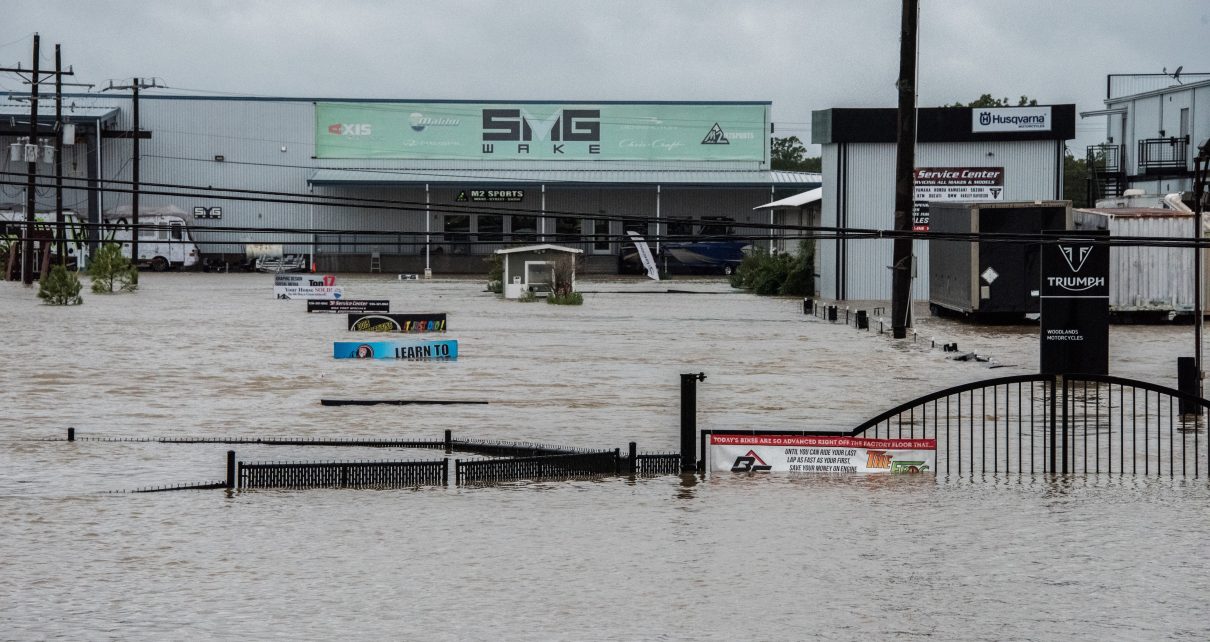The Federal Emergency Management Agency is failing to adequately monitor communities with the highest flood risk to ensure they follow regulations meant to reduce damage, a government audit says.
A report released yesterday by the Government Accountability Office (GAO) found that FEMA came nowhere near meeting its goal of visiting high-risk communities every five years. In many cases, the agency failed to visit them once during an 11-year span.
FEMA uses the visits to determine whether communities are complying with federal flood regulations. Communities that don’t comply can face penalties.
But FEMA’s “limited number of visits” to high-risk communities prevents the agency from spotting shortcomings in local flood mitigation plans. That likely means many properties remain vulnerable to flood damage, GAO said.
FEMA acknowledged the problem and told GAO that it’s revising its system.
The GAO report exposes another shortcoming in federal efforts to reduce the nation’s flood risk amid mounting flood losses as climate change intensifies storms and elevates sea levels. Flooding is the major cause of disaster-related damage in the United States and plagues coastal communities affected by storm surge and areas near major rivers.
The GAO analysis, requested by 15 senior members of Congress after three hurricanes in 2017 caused $280 billion in damage, focuses on FEMA’s oversight of communities that participate in the National Flood Insurance Program.
In analyzing two flood-prone states—Florida and Texas—GAO found shortcomings in how FEMA monitored 1,700 communities that participate in the insurance program.
Communities in the program must take steps to reduce their exposure to flood damage as a condition of making residents eligible to buy flood insurance through FEMA.
Despite having a goal of visiting high-risk communities every five years, FEMA fell far short in Florida and Texas.
In Florida, FEMA visited just 13% of the high-risk communities every five years, GAO found in an analysis of records from January 2008 through July 2019.
In Texas, FEMA visited just 5% of the high-risk communities every five years.
And 31% of the Texas communities did not receive a single visit from FEMA during the period analyzed by GAO.
The visits, GAO said, are FEMA’s “primary tool for ensuring compliance” with federal flood rules, which require communities to take steps such as regulating development so that it does not increase flood risk and making sure new buildings are adequately elevated.
But the limited community visits mean that “FEMA’s ability to ensure that the communities follow NFIP requirements is limited,” GAO said.
FEMA officials told GAO that it fell short of its goals in part because many agency employees are occupied with helping communities recover from disasters.
The officials also said “it is a challenge to visit all high-risk communities in states” such as Florida and Texas, where so many communities belong to FEMA’s flood insurance program. Official said “they generally do not have the same challenge in states with fewer communities” in the program.
Reprinted from Climatewire with permission from E&E News. E&E provides daily coverage of essential energy and environmental news at www.eenews.net.




